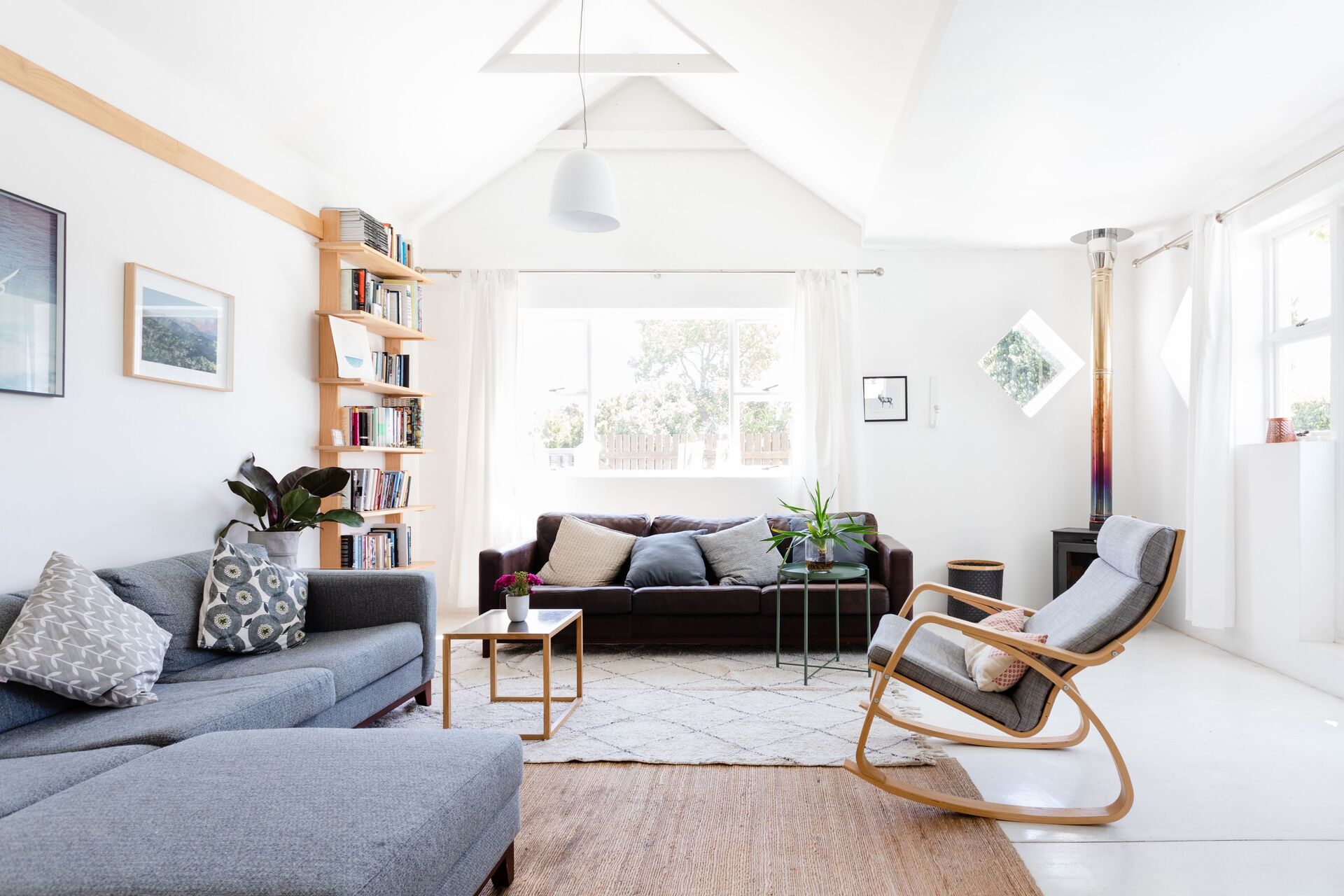

Articles
How Many Seats Should A Living Room Have
Modified: February 24, 2024
Discover the ideal number of seats for your living room with our informative articles. Create a cozy and inviting space that fits your needs.
(Many of the links in this article redirect to a specific reviewed product. Your purchase of these products through affiliate links helps to generate commission for Storables.com, at no extra cost. Learn more)
Introduction
When it comes to designing a living room, one of the key considerations is determining how many seats it should have. The seating arrangement in a living room plays a crucial role in creating a comfortable and functional space for relaxation and entertainment. Whether you are starting from scratch or looking to revamp your existing living room, finding the right balance of seating can significantly impact the overall atmosphere and functionality of the room.
In order to determine the optimal number of seats for your living room, there are several factors to consider. These include the purpose of the living room, the size of the space, the activities that will take place in the room, the number of occupants, and your personal comfort and style preferences. By taking all these aspects into account, you can create a seating arrangement that meets your needs and enhances the overall design of your living room.
Key Takeaways:
- Determine the number of seats for your living room by considering its purpose, size, activities, occupants, and design preferences. Create a functional and visually appealing seating arrangement that suits your needs.
- Prioritize comfort, functionality, and style when choosing seating options for your living room. Consider traditional sofas, sectionals, chairs, ottomans, and alternative seating choices to create a dynamic and inviting space.
Read more: What Should A Living Room Have
Factors to Consider
When deciding on the number of seats for your living room, it’s essential to consider various factors that will influence your decision. These factors include the purpose of the living room, the size of the space, the activities that will take place in the room, the number of occupants, and your personal comfort and style preferences.
The purpose of your living room is a significant factor in determining the number of seats it should have. If your living room is primarily used for entertaining guests and hosting social gatherings, you may want to consider having more seats to accommodate a larger number of people. However, if your living room is intended for a more intimate setting for family members to relax and enjoy each other’s company, a smaller seating arrangement may be more suitable.
Additionally, the size of your living room will play a vital role in determining the number of seats. A larger living room can accommodate more seating options, such as a combination of sofas, chairs, and even a sectional. On the other hand, a smaller living room may require a more space-efficient seating arrangement, such as a loveseat and a couple of chairs.
The activities that will take place in the living room should also be considered when deciding on the number of seats. If you and your family enjoy frequent movie nights or gaming sessions, you may want to prioritize comfortable seating options, such as a spacious sofa or sectional that can accommodate everyone. Alternatively, if your living room is a designated reading or meditation space, you might prefer a cozy armchair or a chaise lounge.
The number of occupants in your household will also impact the seating choices in your living room. If you have a larger family or frequently have guests staying over, you will need to ensure that there are enough seats to accommodate everyone comfortably. Conversely, if you live alone or with a partner, you may have more flexibility in choosing a smaller seating arrangement.
Your personal comfort and style preferences should not be overlooked when determining the number of seats. Consider the level of comfort you prefer, whether you like to stretch out on a spacious sofa or prefer more structured seating options. Additionally, consider the overall style and aesthetics of your living room. The number of seats should complement the design and create a cohesive look.
By carefully considering these factors, you can make an informed decision about the number of seats your living room should have. Taking into account the purpose of the room, the size of the space, the activities that will take place, the number of occupants, and your personal comfort and style preferences will help you create a seating arrangement that perfectly suits your needs and enhances the overall appeal of your living room.
Purpose of the Living Room
The purpose of the living room is a critical consideration when determining the number of seats it should have. The living room serves as a central gathering space for relaxation, socializing, and entertainment. Understanding how you intend to use the living room will help guide your seating choices and create a functional and inviting environment.
If your living room is primarily used for entertaining guests and hosting social gatherings, you will likely need more seats to accommodate a larger number of people. Consider the frequency and size of the gatherings you typically host. Do you often have family and friends over for dinner parties, game nights, or movie screenings? If so, it’s essential to have seating options that can comfortably accommodate everyone.
On the other hand, if your living room is intended for a more intimate setting for family members to relax and enjoy each other’s company, a smaller seating arrangement may be more appropriate. In this case, you can focus on selecting seating options that prioritize comfort and encourage conversation.
Another important factor to consider is the multifunctionality of the living room. Many living rooms serve as a space for various activities, such as watching TV, reading, working, or even exercising. If your living room needs to accommodate different activities, it’s crucial to choose seating options that can adapt to these needs.
For example, if you enjoy movie nights with your family, having a comfortable sofa or sectional with reclining seats or a built-in chaise lounge can enhance the viewing experience. If you like to curl up with a book in the living room, a cozy armchair or a recliner may be more suitable. Assessing the specific activities that take place in your living room will help you determine the types of seating that will best serve your needs.
Furthermore, the purpose of your living room can also be influenced by the presence of children or pets in your household. If you have young children who enjoy playing on the floor, you may need to allocate more space for them to move around freely. This could mean opting for a smaller seating arrangement or choosing furniture that can easily be rearranged to create an open floor space when needed.
Ultimately, understanding the purpose of your living room will guide your decision on the number of seats it should have. Whether it’s for hosting large gatherings, creating a cozy environment for family time, accommodating various activities, or considering the needs of children and pets, determining the purpose will help you create a functional and inviting living room.
Size of the Living Room
The size of your living room is a crucial factor to consider when determining the number of seats it should have. The dimensions of the room will directly impact the layout and the types of seating options you can accommodate.
If you have a spacious living room with ample square footage, you have the freedom to choose from a variety of seating arrangements. You can opt for a combination of sofas, chairs, and even a sectional to create multiple seating areas. This allows for more flexibility and can cater to different preferences and activities.
On the other hand, if your living room is limited in space, you will need to be more strategic in choosing the number and size of seats. A smaller living room may require a more space-efficient arrangement, such as a loveseat or a smaller sofa paired with a couple of armchairs or ottomans. It’s crucial to ensure that the furniture doesn’t overwhelm the room and allows for comfortable movement around the space.
When determining the seating options for a small living room, consider the scale and proportions of the furniture. Opting for smaller-scale pieces can create the illusion of a larger space. Additionally, choosing furniture with exposed legs or raised bases can give the impression of more floor space and contribute to an airy and open feel.
Another consideration for small living rooms is the utilization of corner spaces. Corner sofas or L-shaped sectionals can maximize seating while utilizing the corners efficiently. This not only provides additional seating but also helps to optimize the available space and create a cozy and inviting atmosphere.
In addition to the overall dimensions of the living room, it’s essential to consider the layout and any architectural features or obstacles that may impact the seating arrangement. Take note of doors, windows, and focal points, such as a fireplace or TV, and plan the placement of seats accordingly.
Remember that it’s not just about fitting as many seats as possible into the space but also ensuring that the room feels balanced and comfortable. Leave appropriate space between furniture pieces to allow for easy movement and accessibility.
In summary, the size of your living room will play a major role in determining the number of seats it should have. A larger room allows for more seating options and versatile arrangements, while a smaller room requires more strategic choices to maximize space and maintain a comfortable and functional layout.
Activities in the Living Room
The activities that take place in your living room are an important consideration when determining the number of seats it should have. Understanding how you and your family use the space will help you choose seating options that cater to your specific needs and enhance the overall functionality of the room.
One common activity in the living room is watching TV or movies. If you and your family enjoy movie nights or binge-watching your favorite shows, it’s important to have comfortable seating that allows everyone to have a clear view of the screen. Consider options such as a spacious sofa or a sectional with reclining seats, which can provide optimal comfort for extended periods of sitting.
If reading is a popular activity in your household, you may want to incorporate seating options that are conducive to relaxation and focus. A cozy armchair or chaise lounge with a nearby floor lamp can create a cozy reading nook where you can escape into your favorite book or magazine.
For those who work or study from home, the living room can also serve as a makeshift office or study area. In such cases, having a comfortable chair or ergonomic seating option with proper back support is essential. Consider a versatile chair that can be easily moved or folded to create a dedicated workspace when needed.
In some families, board games, card games, or other tabletop activities are a regular part of living room entertainment. Having enough seating to accommodate everyone comfortably is crucial for an enjoyable game night. Depending on the number of participants, a combination of chairs and stools can provide flexible seating options.
If you have children or pets, the living room may also serve as a play area. In this case, you may need to consider the durability and functionality of the furniture. Opt for seats that are easy to clean and resistant to spills or stains. Additionally, ensuring there is enough floor space for playing, crawling, or setting up toys is essential.
Lastly, the living room can also be a space for relaxation and socialization. If you enjoy hosting friends or having casual conversations with family members, creating a seating arrangement that fosters interaction is key. Consider a combination of sofas, chairs, and ottomans arranged in a way that encourages conversation and promotes a comfortable and welcoming atmosphere.
By taking into account the specific activities that take place in your living room, you can choose the appropriate number and type of seats. Whether it’s for watching movies, reading, working, gaming, playing, or simply spending quality time with loved ones, a well-designed seating arrangement can enhance the functionality and enjoyment of your living room.
Read more: How Many Lamps Should Be In A Living Room
Number of Occupants
The number of occupants in your household is an important consideration when determining the number of seats your living room should have. It’s essential to ensure that there are enough seats to accommodate everyone comfortably, whether it’s your immediate family members or guests who frequently visit.
If you have a large family or frequently entertain guests, it’s crucial to have enough seating options to accommodate everyone. Consider the typical number of people who will be using the living room at any given time. This may include family members, close friends, or even extended family members during gatherings or holidays.
A common seating arrangement for a larger household is a combination of a sofa and additional chairs or a sectional. This allows for ample seating space and flexibility when hosting guests. Depending on the size of your family and the number of guests you usually have, you might consider a larger sectional or a combination of multiple seating options to ensure everyone has a comfortable seat.
For smaller households or those who live alone or with a partner, there may be more flexibility in choosing the number of seats. In this case, you can focus on creating a cozy and intimate atmosphere with seating options that prioritize comfort and personal preferences.
It’s also important to consider the frequency of guests and any regular visitors you have. If you often have friends or family members staying over, you might want to allocate additional seating space or provide a dedicated guest seating area, such as a sleeper sofa or a futon.
In addition to the number of occupants, the age and mobility of the individuals should also be taken into account. If there are elderly family members or individuals with mobility issues, it’s important to consider seating options that provide adequate support and ease of movement. Choosing seats with armrests, higher seat heights, or even reclining features can offer added comfort and accessibility.
While ensuring enough seats for everyone is important, it’s also essential to avoid overcrowding the living room. Leave enough space between seats to allow for comfortable movement and ensure that the room maintains a balanced and visually appealing layout.
In summary, considering the number of occupants in your household is crucial when determining the number of seats your living room should have. By assessing the size of your family, the frequency of guests, and the specific seating needs of individuals, you can create a seating arrangement that comfortably accommodates everyone and enhances the overall functionality and enjoyment of the space.
When determining the number of seats for a living room, consider the size of the room and the activities you plan to do there. A general rule of thumb is to have seating for at least 6-8 people in a standard-sized living room.
Comfort and Functionality
When determining the number of seats for your living room, it’s important to prioritize both comfort and functionality. The seating options you choose should not only be aesthetically pleasing but also provide a comfortable and functional space for relaxation and everyday activities.
Comfort is a key consideration when selecting seating for your living room. After all, the living room is often a place where you and your family members spend a significant amount of time unwinding and connecting with one another. Look for seats that offer supportive cushioning, ergonomic design, and appropriate seating depth. Comfortable seating can enhance the overall experience and encourage relaxation.
Consider the type of fabric or upholstery used for your seats. Opt for materials that are soft, durable, and easy to clean, especially if you have young children or pets. Additionally, consider the seat height and backrest height to ensure that they provide adequate support for people of different heights and preferences.
Functionality is equally important when selecting the number of seats for your living room. Consider how the seating options will be used on a day-to-day basis. Is the living room mainly a space for casual lounging and relaxation, or does it serve multiple purposes such as entertaining guests, working, or remote learning?
If the living room serves multiple functions, it’s important to have seating options that can adapt to different needs. Modular sofas or sectionals with movable components can be rearranged to create different seating configurations. This flexibility allows you to adjust the seating arrangement based on the activity taking place in the room.
Another aspect to consider is the placement of tables or surfaces near the seating. Having side tables or coffee tables within reach of each seat can provide a convenient place to set down drinks, snacks, or devices. This enhances the functionality of the seating arrangement and improves the overall comfort of your living room.
Furthermore, consider the flow of the room and how the seating arrangement fits into the overall layout. Avoid overcrowding the space with too many seats, as it can make the room feel cramped and hinder movement. Leave enough space between the seats and any other furniture or architectural features to ensure easy navigation and accessibility.
By prioritizing comfort and functionality, you can create a seating arrangement in your living room that caters to both relaxation and everyday activities. Choosing seats that provide optimal comfort and support, as well as flexibility in arrangement, will enhance the overall experience of spending time in your living room.
Design and Style Preferences
When determining the number of seats for your living room, it’s essential to consider your design and style preferences. The seating options you choose should not only provide comfort and functionality but also contribute to the overall aesthetic and ambiance of the room.
Consider the existing design style of your living room. Whether it’s modern, classic, eclectic, or minimalist, you will want to choose seating options that complement the overall theme. The shape, color, texture, and materials of the seats should harmonize with the existing décor and furnishings, creating a cohesive and visually pleasing space.
If you prefer a more traditional or classic style, you might opt for seating options with elegant and timeless designs. Think about tufted sofas, wingback chairs, or scroll-arm loveseats. These styles can add a touch of sophistication and create a warm and inviting atmosphere.
For a modern or contemporary living room, you may lean towards sleek and streamlined seating options. Look for clean lines, minimalistic designs, and neutral or bold colors. Modular sofas or sectional pieces with geometric shapes can add a modern touch and allow for flexibility in configuration.
If your style is more eclectic or bohemian, you have the freedom to mix and match different seating options. Combine various types of seating, such as a vintage armchair, a rattan chair, or a patterned ottoman, to create a visually dynamic and captivating space.
It’s also important to consider the size and scale of your seating in relation to the living room. Oversized furniture can dominate a small room and make it feel cramped, while small-scale furniture may get lost in a larger space. Pay attention to proportion and select seats that are appropriate for the size of your room.
Additionally, think about any specific design elements or focal points in your living room that you want to highlight or incorporate into your seating arrangement. For example, if you have a fireplace, position seats around it to create a cozy and inviting gathering spot. If you have large windows with a beautiful view, orient the seats towards it to take advantage of the natural light and scenery.
Ultimately, your design and style preferences should guide your decision on the number of seats for your living room. By choosing seating options that align with your preferred aesthetic, you can create a space that not only provides comfort and functionality but also reflects your personal taste and creates a visually pleasing environment.
Furniture Options
When choosing the number of seats for your living room, it’s essential to explore the different furniture options available. From sofas and sectionals to chairs and ottomans, each piece of furniture brings its own unique benefits and style to the room. Consider the various furniture options to create a seating arrangement that suits your needs and preferences.
Sofas are often the centerpiece of a living room and provide spacious seating for multiple people. They come in various sizes, shapes, and configurations, allowing you to choose the one that best fits your space. Sofas can range from classic designs with two or three seat cushions to larger sectional sofas that provide ample room for lounging and entertaining.
A sectional sofa is another versatile option that offers flexibility in seating arrangements. With its L-shaped or U-shaped design, a sectional can be customized to fit the layout of your living room. It provides ample seating space and can be a great choice if you have a large family or frequently entertain guests.
Chairs are a great addition to any living room and can be used to complement the seating provided by a sofa or sectional. They come in a wide variety of styles, including armchairs, accent chairs, and recliners. Chairs are ideal when you desire additional seating that can be easily moved around the room to accommodate different activities or guests.
Ottomans can serve multiple purposes in a living room. They can function as a footrest, a coffee table with the addition of a tray, or even as extra seating in a pinch. Ottomans also come in different styles, ranging from traditional upholstered designs to more modern and customizable options.
Another furniture option to consider is a loveseat. Loveseats are smaller sofas designed to accommodate two people comfortably. They are ideal for smaller living rooms or as an addition to existing seating arrangements. Loveseats come in various styles and can be a great choice if you are aiming for a more intimate and cozy seating option.
In addition to these traditional seating options, there are also alternative furniture choices to consider. Floor cushions, oversized bean bags, or even hammocks can provide unique and casual seating options for a relaxed and modern living room. These pieces can be easily moved and stored when not in use, offering flexibility and a fresh look to your living space.
When selecting the furniture for your living room, keep in mind the size of the space, the desired seating capacity, and the overall design theme. Consider the scale and proportion of each piece to ensure they fit harmoniously within the room. Ultimately, the right furniture options will create a comfortable and stylish seating arrangement that enhances the functionality and aesthetic appeal of your living room.
Sofa vs. Sectional
When considering the number of seats for your living room, one important decision to make is whether to choose a sofa or a sectional. Both options have their advantages and can greatly impact the overall layout and functionality of your space. Understanding the key differences between a sofa and a sectional can help you decide which one is best suited for your needs.
A sofa is a traditional seating option that typically accommodates two to three people. It comes in various sizes, styles, and configurations, allowing you to select the one that best fits your space and design preferences. Sofas offer versatility and can be mixed and matched with other seating options such as chairs or ottomans to create a more flexible arrangement. They are a great choice for smaller living rooms or when you prefer a more open and versatile seating layout.
On the other hand, a sectional sofa is a more expansive seating option that offers ample space for multiple people. It is usually composed of two or more connected pieces that can be arranged in different configurations to fit your room and seating needs. Sectionals are particularly useful for larger living rooms or for those who frequently entertain guests. They provide a cozy and cohesive seating arrangement, often with a chaise lounge or reclining seats for added comfort.
One advantage of a sofa is its versatility. You have the freedom to rearrange the seating arrangement as needed, allowing for more flexibility in decorating your living room. If you frequently host gatherings or have a dynamic household, a sofa provides the option to move seats around or add additional chairs for extra seating when needed.
Sectionals, on the other hand, offer a more integrated seating solution. They tend to have a more structured and cohesive look, and the connected pieces create a defined seating area. This can be advantageous if you prefer a clean and seamless appearance or if you have a larger living room that can accommodate a sectional without overwhelming the space.
Another consideration is the shape and layout of your living room. A sectional is particularly well-suited for living rooms with an L-shaped or U-shaped configuration as it can maximize seating capacity and effectively utilize corner spaces. It provides a natural and practical division of space, creating designated seating areas for different activities or conversation groupings.
When selecting between a sofa and a sectional, also consider the level of comfort and relaxation you desire. Sectionals often offer more lounging space with features such as chaise lounges or reclining seats, perfect for those who enjoy stretching out or curling up while watching TV or reading. Sofas, on the other hand, can provide a more traditional and versatile seating experience with the option to add additional seating pieces according to your needs.
Ultimately, the decision between a sofa and a sectional depends on your personal preferences, the size and layout of your living room, and the overall design aesthetic you want to achieve. Whether you opt for a sofa for its versatility or a sectional for its integrated seating solution, both choices can provide comfortable and stylish seating options for your living room.
Additional Seating Options
When determining the number of seats for your living room, it’s worth considering additional seating options beyond traditional sofas and chairs. These alternative seating options can provide versatility, flexibility, and a touch of creativity to your living space. Here are a few additional seating options to consider:
1. Ottoman: Ottomans not only serve as a footrest but can also double as extra seating. They are available in various styles, shapes, and sizes, from small stools to larger poufs. Ottomans can easily be moved around the room to create additional seating or act as a coffee table when paired with a tray.
2. Futon: A futon is a convertible piece of furniture that can be used as a sofa during the day and transformed into a bed at night. This option is ideal for smaller living spaces or for those who frequently have overnight guests. Futons come in different sizes and styles, allowing you to choose one that fits your design preferences.
3. Bench: A bench can be a stylish and versatile seating option in a living room. It can be placed against a wall, under a window, or at the foot of a bed. A bench with storage can serve a dual purpose by providing a place to sit and extra space to tuck away blankets, pillows, or other items.
4. Floor cushions: Floor cushions are a popular choice for creating a relaxed and casual seating area. They can be scattered across the floor, providing an informal and cozy seating arrangement. Floor cushions are great for family gatherings, game nights, or for those who enjoy floor seating while watching movies or engaging in creative activities.
5. Bean bags: Bean bags are another fun and casual seating option that adds a touch of playfulness to the living room. They are lightweight, portable, and come in various shapes, sizes, and colors. Bean bags can be easily moved around and provide a laid-back seating option for both adults and children.
6. Window seat: If you have a window with a view or a cozy nook in your living room, consider incorporating a window seat. This built-in seating option not only provides additional seating but also utilizes otherwise unused space. A window seat can be a comfortable spot to relax, read, or simply enjoy the natural light.
7. Folding chairs: Folding chairs are perfect for situations when you need extra seating but want the option to easily store them away when not in use. They are lightweight, versatile, and can be brought out for gatherings or events where additional seating is required.
Integrating these additional seating options into your living room can create a dynamic and inviting space. They provide flexibility in seating arrangements, adding functionality and style to your home. Consider your specific needs and preferences to choose the additional seating options that best suit your lifestyle and enhance the overall comfort and functionality of your living room.
Conclusion
Determining the number of seats for your living room requires careful consideration of various factors. Understanding the purpose of the room, the size of the space, the activities that will take place, the number of occupants, and your design and style preferences will help you create a seating arrangement that is both functional and visually appealing.
Consider the purpose of your living room and how it will be used. Whether it’s for entertaining guests, relaxing with family, or accommodating various activities, the seating arrangement should align with these needs. Additionally, take into account the size of the living room to ensure that the seats fit proportionally and allow for comfortable movement within the space.
Think about the specific activities that will take place in the living room and choose seating options accordingly. Whether it’s watching TV, reading, working, gaming, or playing, there are different seating options that cater to each activity. Comfort and functionality should be prioritized to create a comfortable and versatile space.
The number of occupants in your household is an important consideration when determining the number of seats. Ensure that there are enough seats to accommodate everyone comfortably, whether it’s family members or guests. Consider the size of your family and the frequency of guests to determine the appropriate seating capacity.
Personal comfort and style preferences should not be overlooked. Choose seats that are comfortable and reflect your design aesthetic. The seating options should complement the overall style of your living room, creating a cohesive and visually pleasing environment.
Finally, consider the range of furniture options available, from sofas and sectionals to chairs, ottomans, and alternative seating options. Each type of furniture brings its own benefits and style to the living room. Assess their strengths and select the ones that best suit your needs and preferences.
In conclusion, finding the right number of seats for your living room involves a thoughtful analysis of the room’s purpose, size, activities, occupants, and design preferences. By taking these factors into account, you can create a seating arrangement that perfectly suits your needs, enhances the functionality of the space, and reflects your personal style.
Frequently Asked Questions about How Many Seats Should A Living Room Have
Was this page helpful?
At Storables.com, we guarantee accurate and reliable information. Our content, validated by Expert Board Contributors, is crafted following stringent Editorial Policies. We're committed to providing you with well-researched, expert-backed insights for all your informational needs.

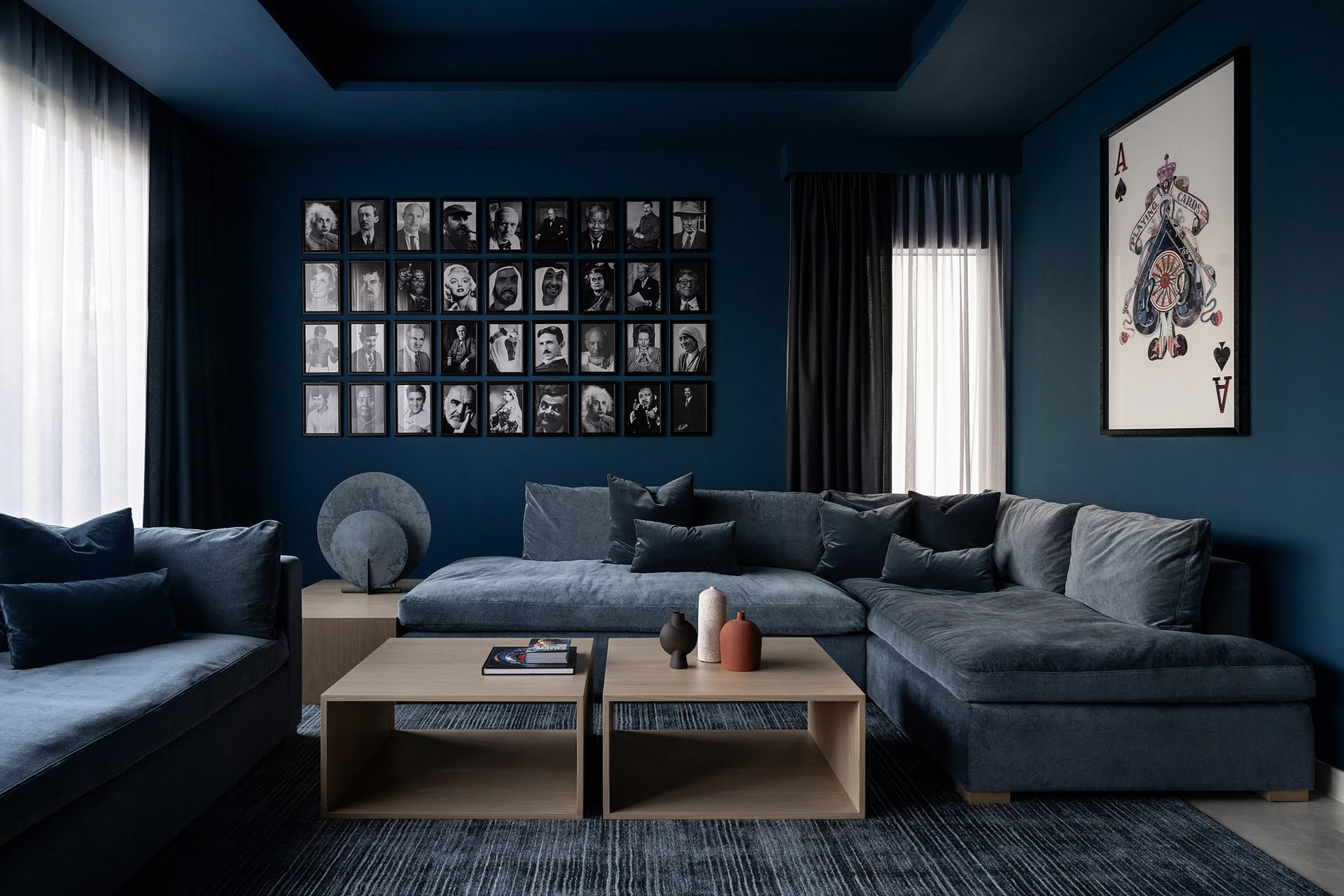

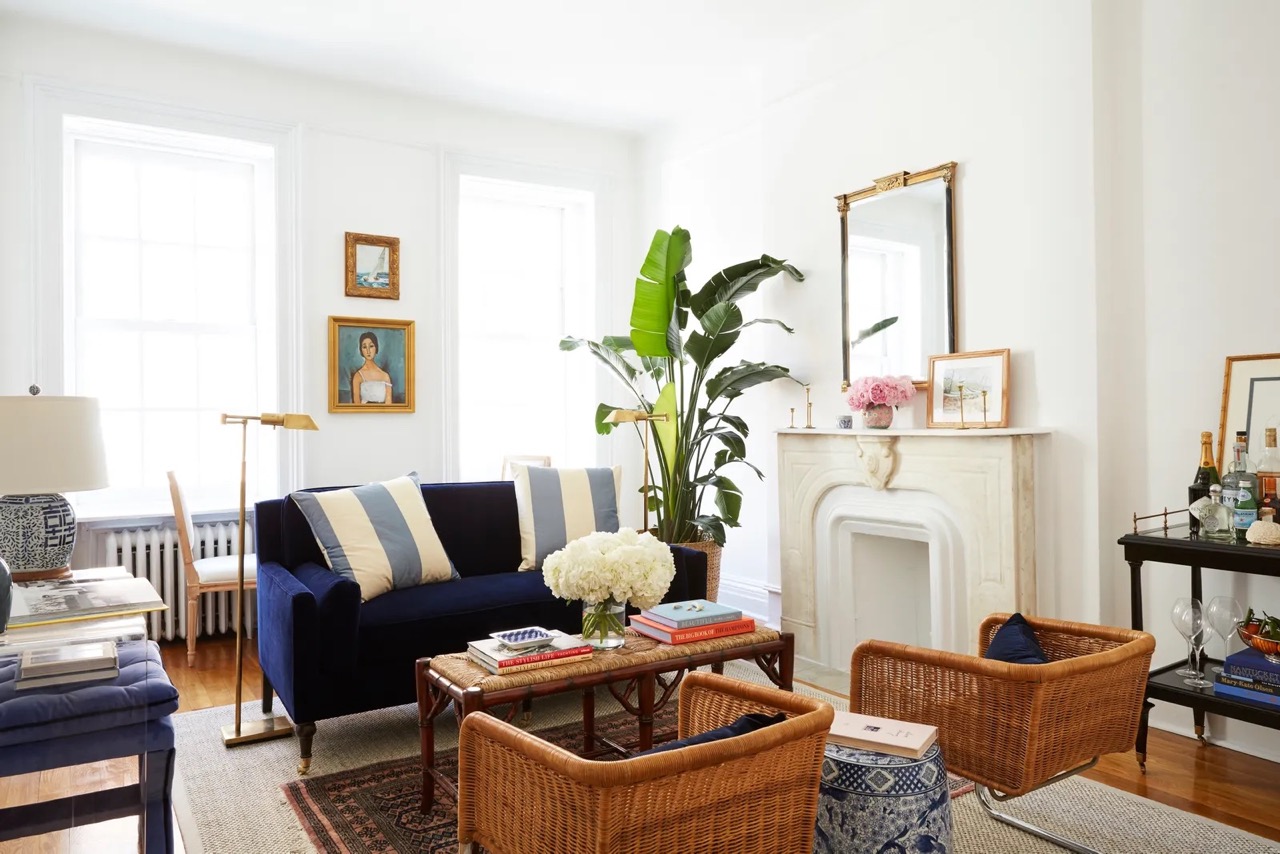



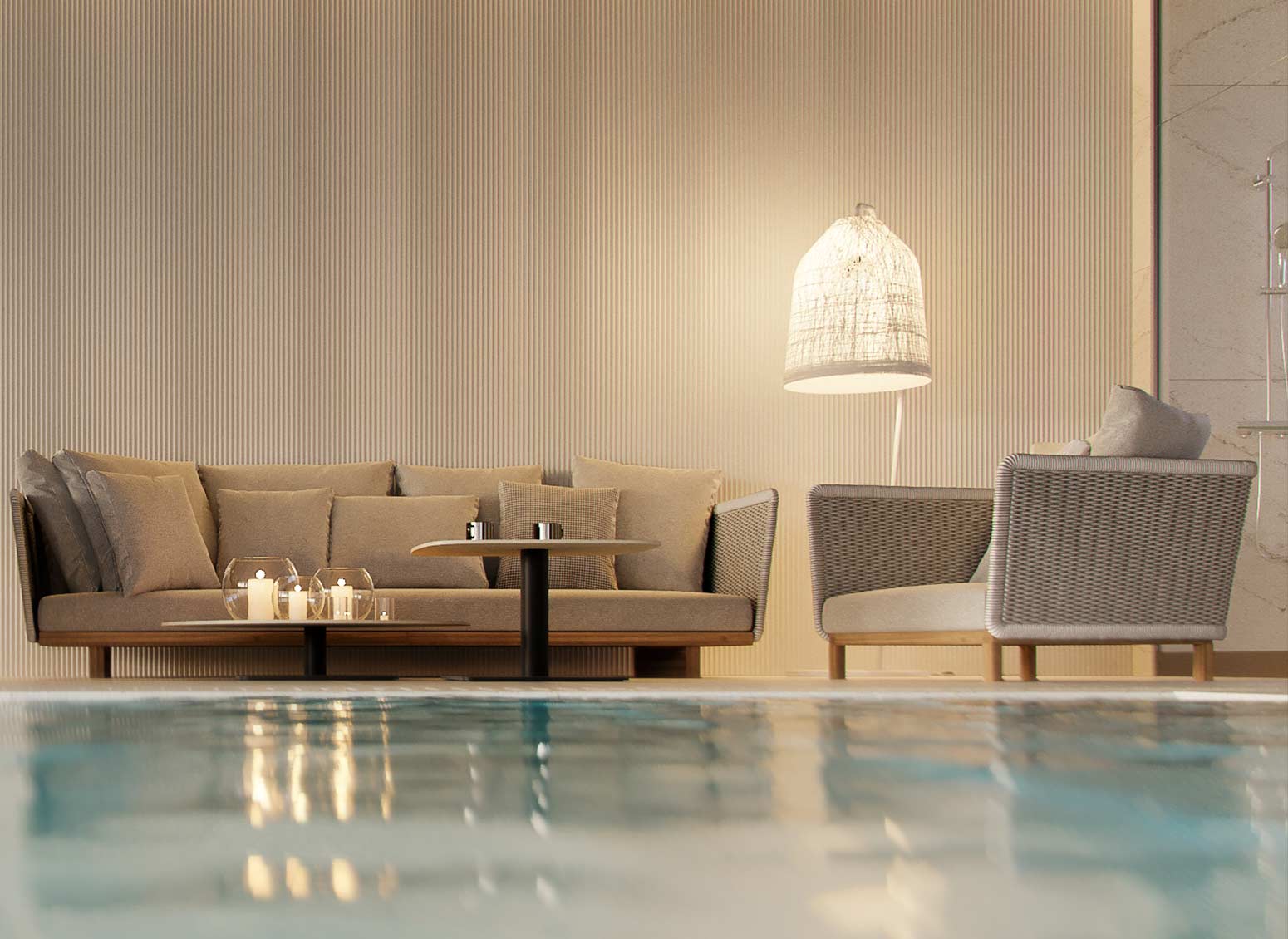
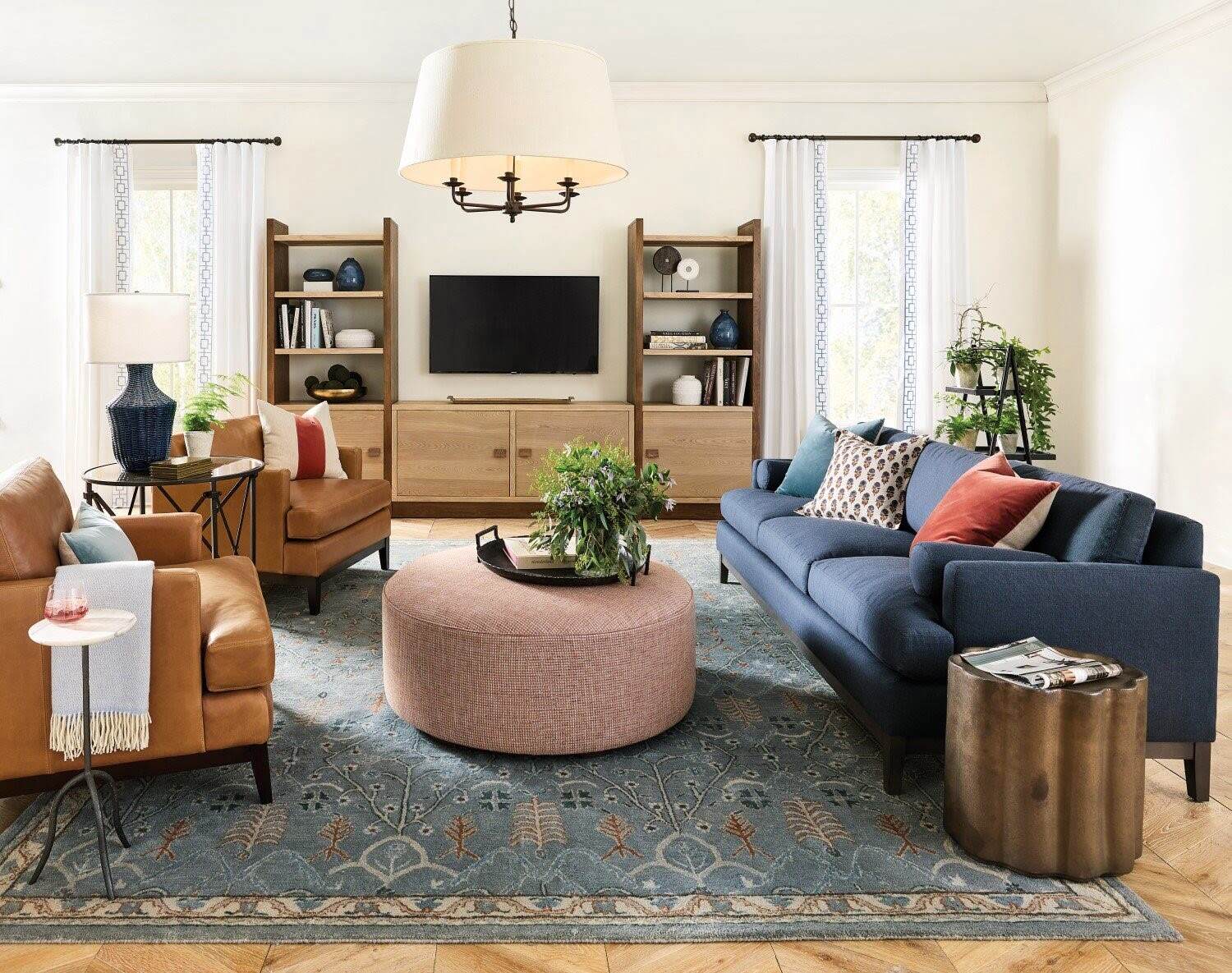

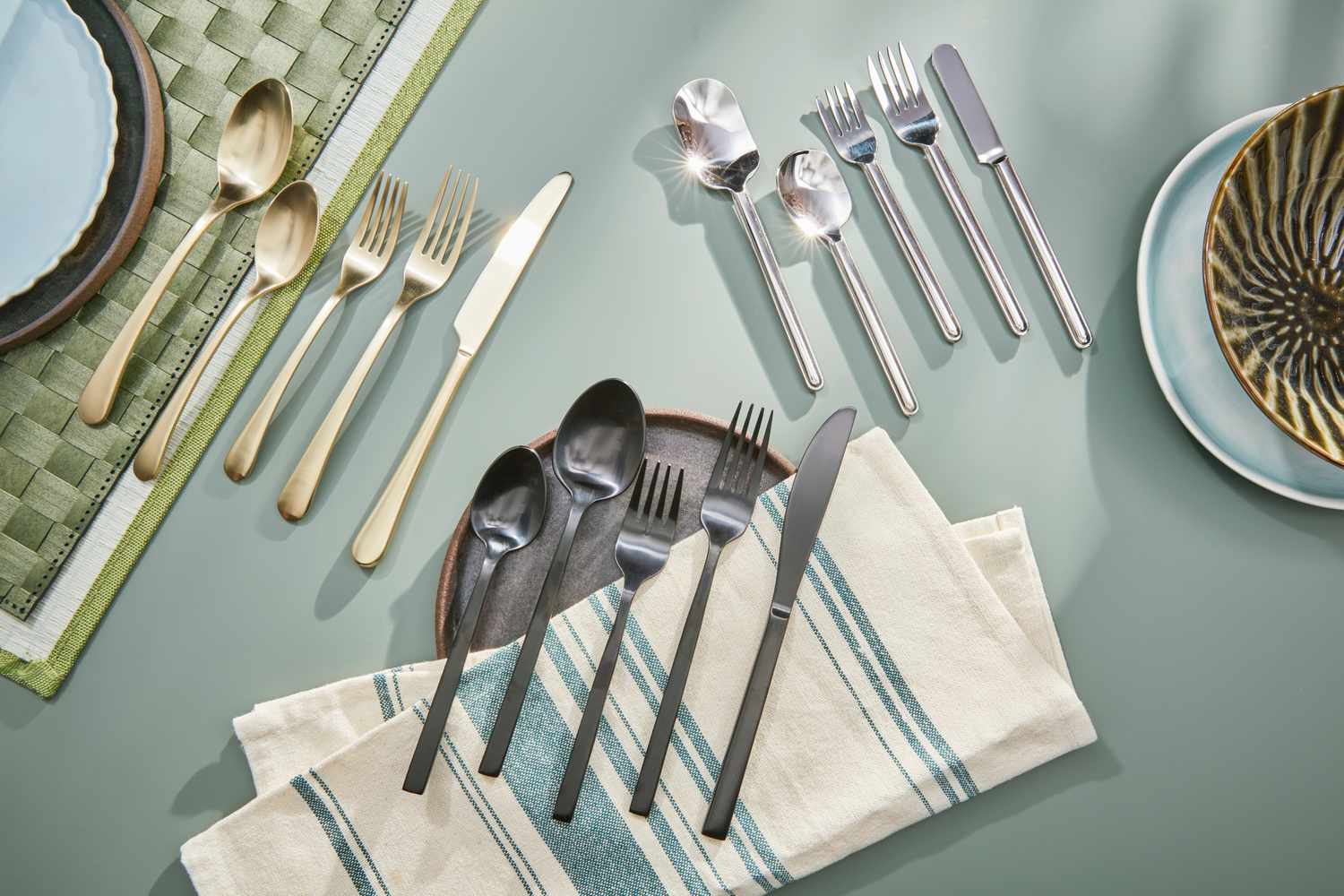
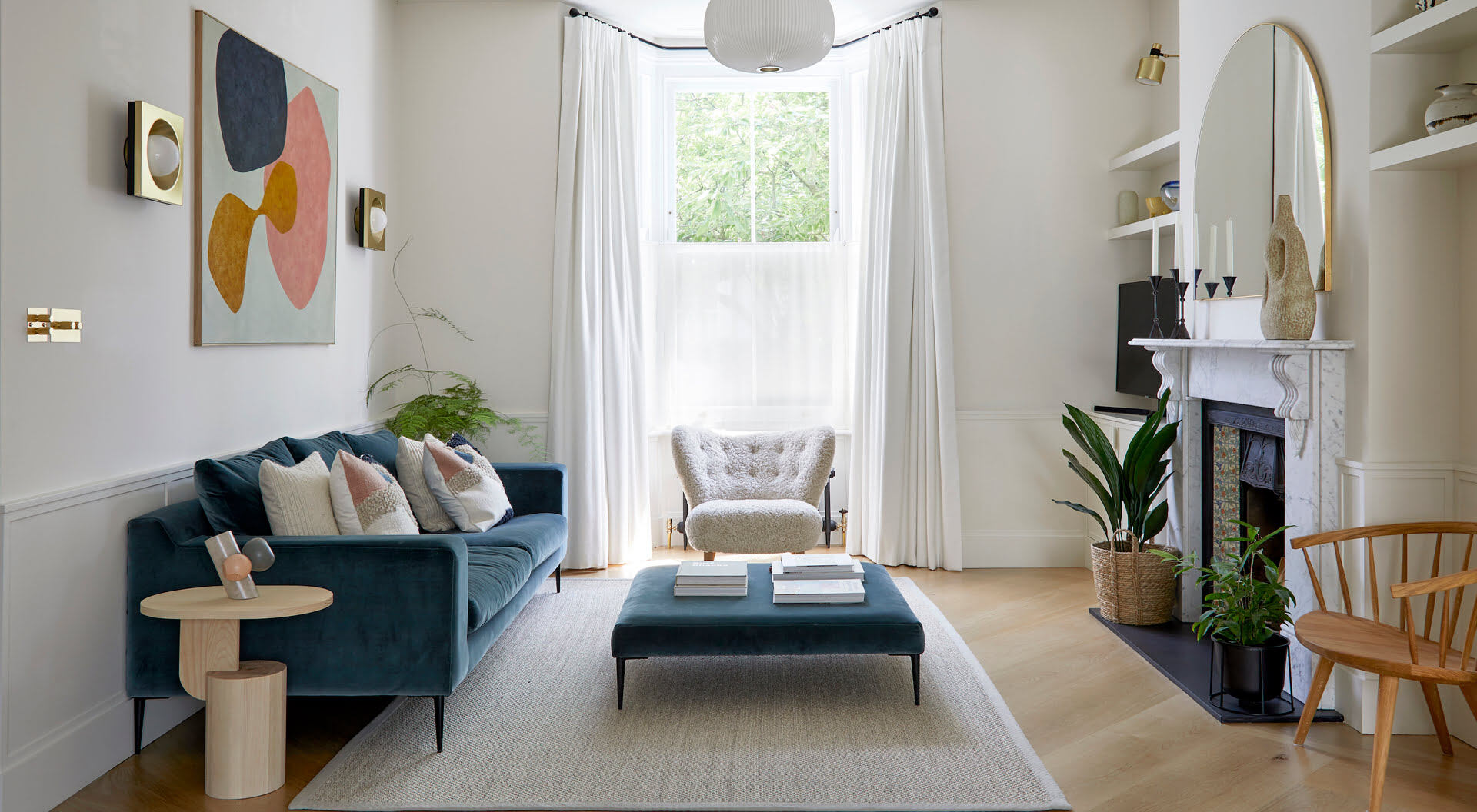
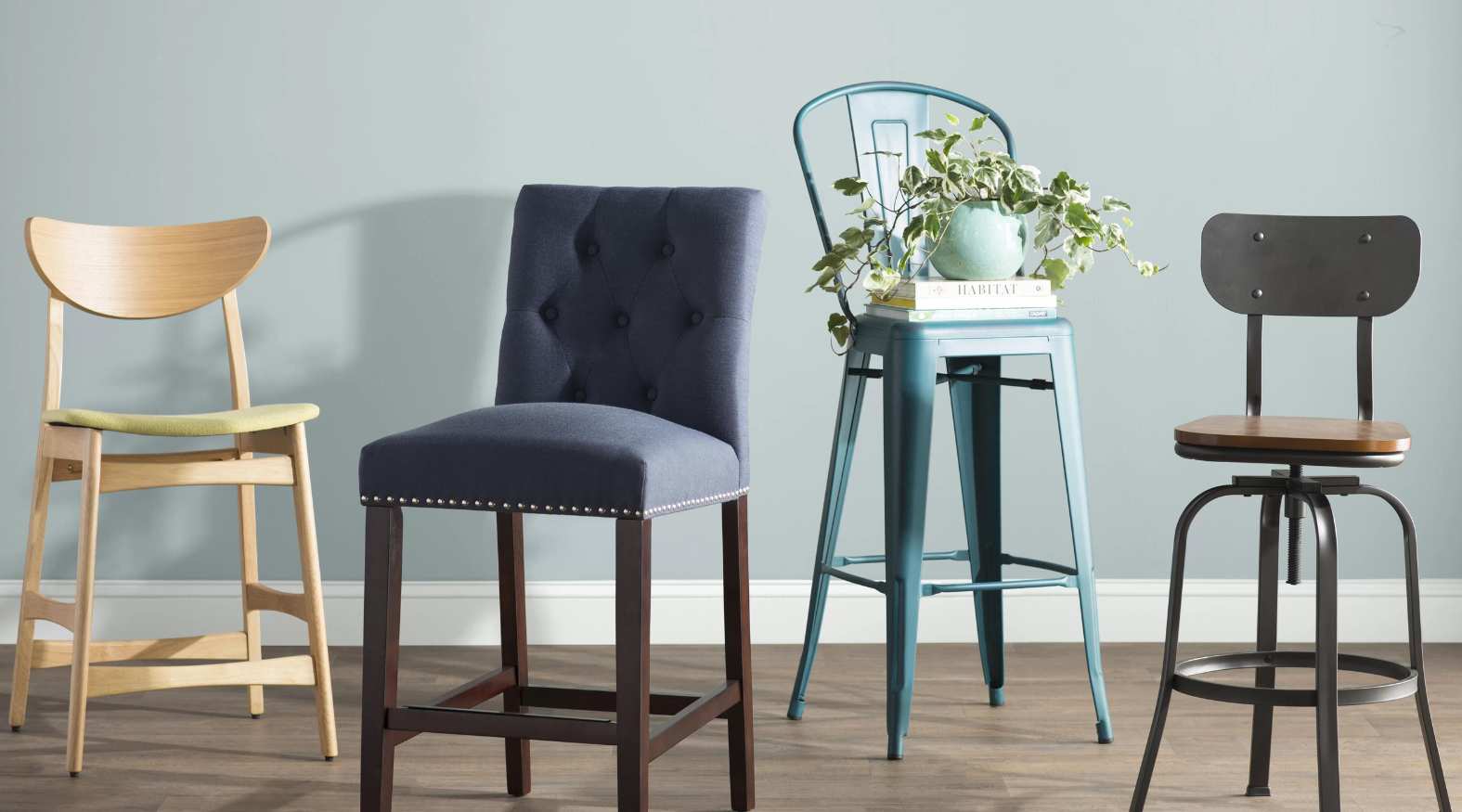

0 thoughts on “How Many Seats Should A Living Room Have”